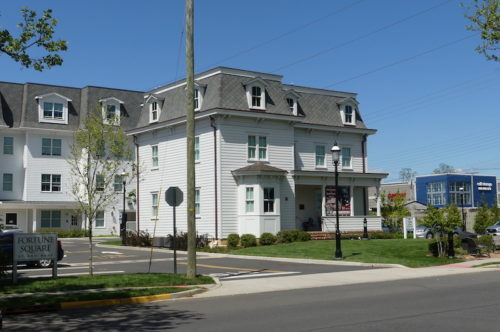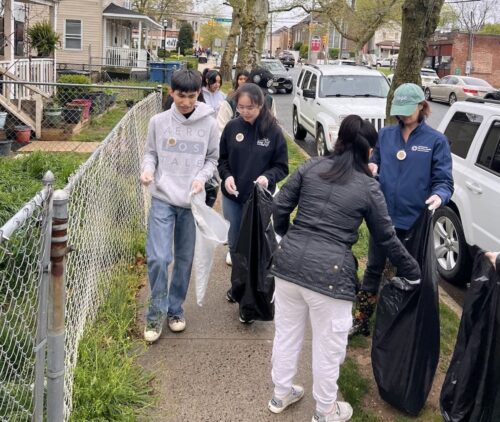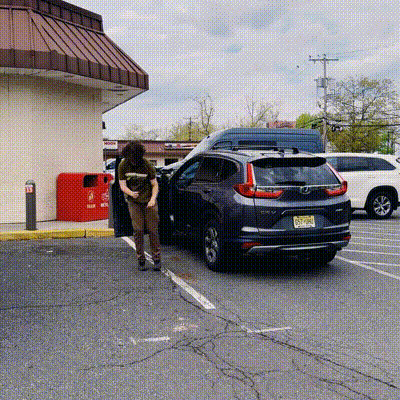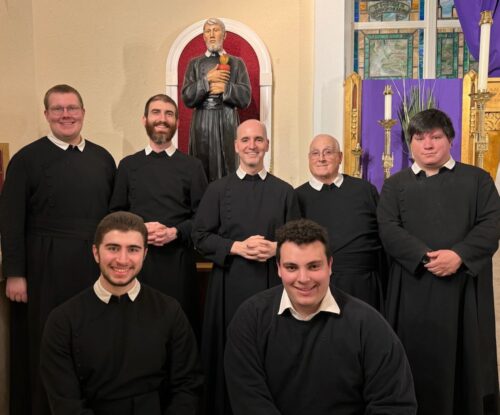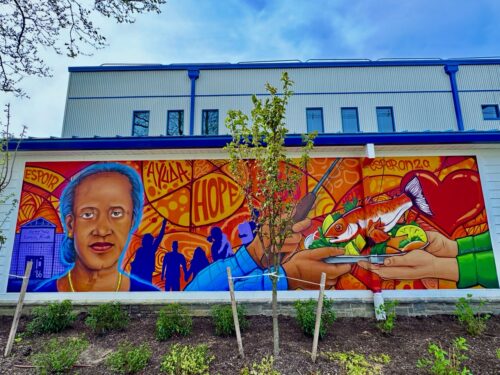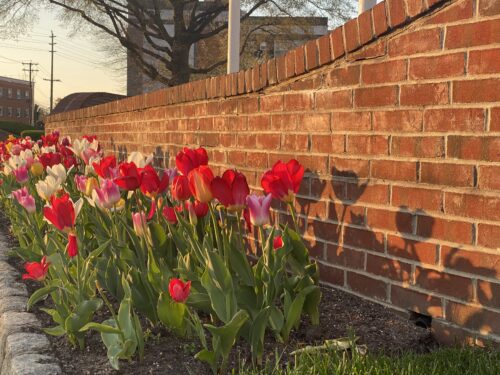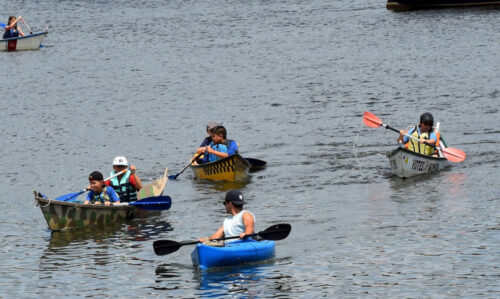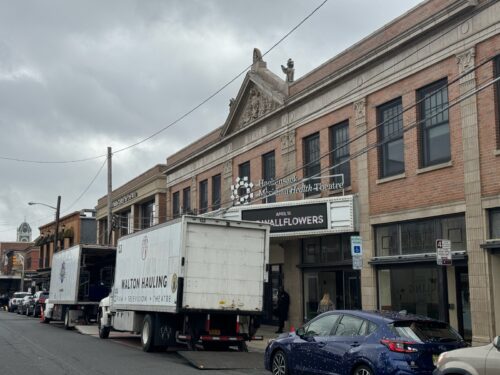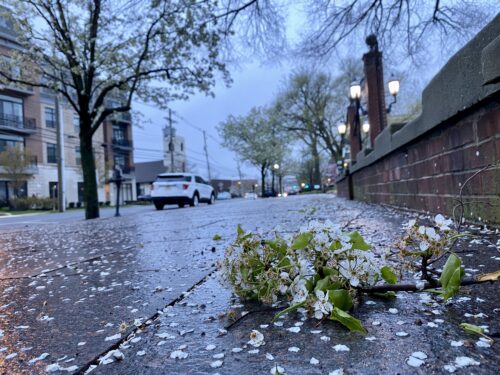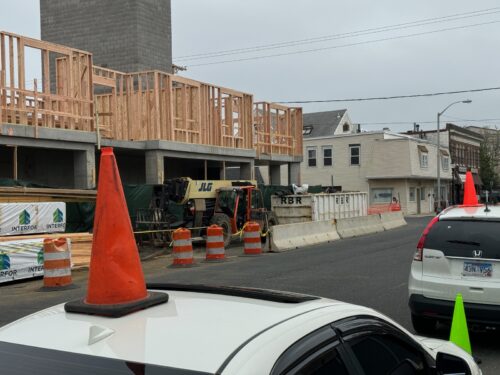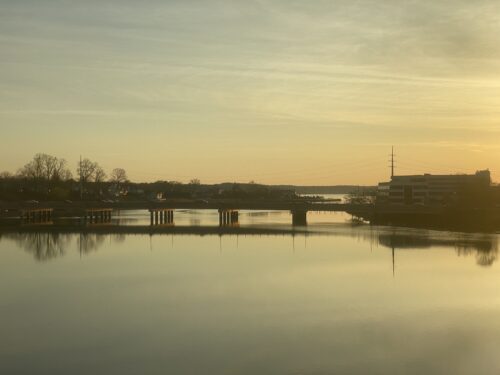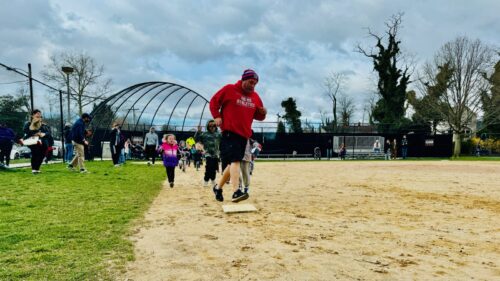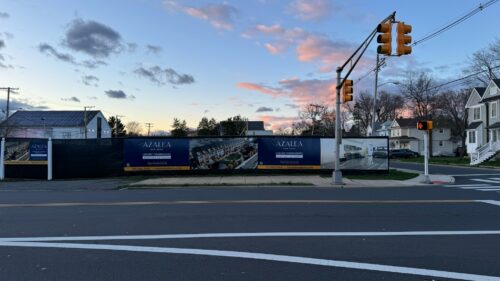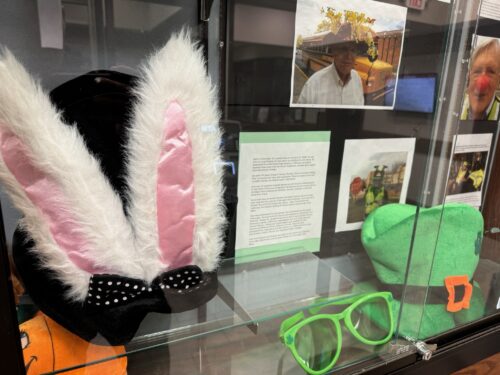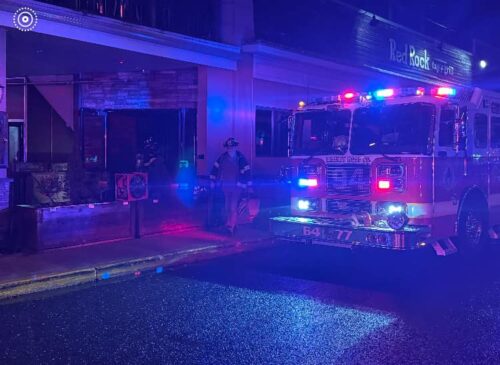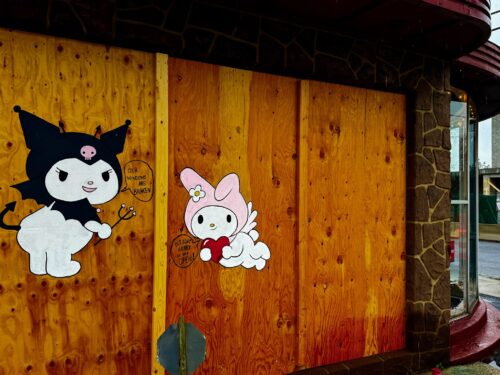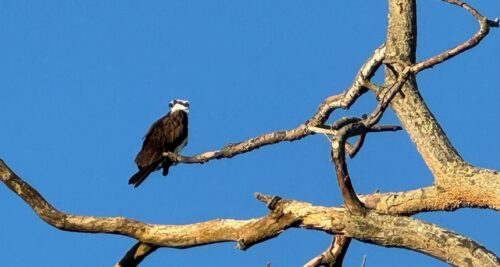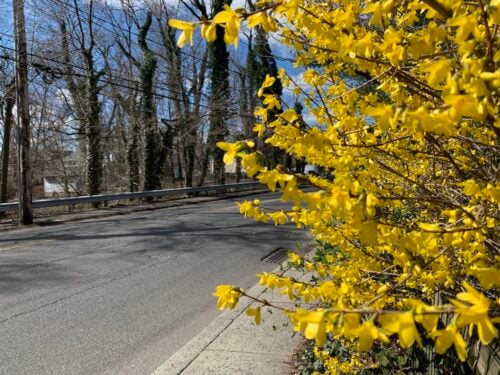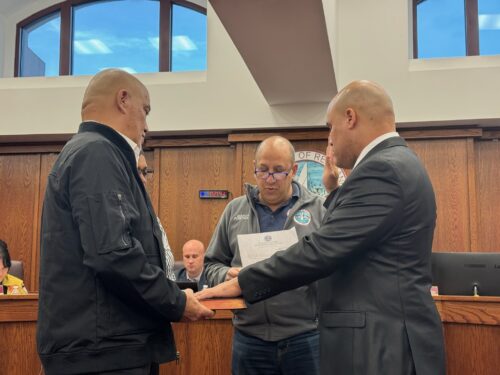What’s the right balance between security and aesthetics when designing airports, government buildings and skyscrapers in the post-Sept. 11, 2001 era?
The Chicago Tribune’s architecture writer, Blair Kamina son of Fair Haventakes on this and related questions in a new package of stories called “What Price Security?”
Americans are safer, but we’re paying a heavy price in taxpayer dollars to defend our public structures against attacks, says Kamin, who focuses on Chicago, New York and Washington, DC in the stories.
There’s also the harder-to-value “debilitating effects” of enveloping public spaces in perimeter zones, Kamin says. The nation’s capital, he writes, has turned into “Fort Washington,” with temporary defensive bulwarks erected after the Oklahoma City bombingand more after the events of five years ago todaybeing replaced by permanent ones. The effect, he says, is to turn public treasures like the White House into “fortresses,” and Capitol Hill into a “zone of fear.”
But designers of some facilities are successfully avoiding the bunker mentality. Kamin discusses a redesign of two terminals at Chicago’s O’Hare Airport that incoporate acres of blast-resistant glass windows to bring in more natural light than before. And New York’s Financial District, he finds, has been adapted nicely to the age of terrorism. Wall Street, says Kamin, is now a “welcoming pedestrian precinct, the kind you find in a European city.”
Kamin attended Fair Haven schools and is a graduate of Rumson-Fair Haven Regional High School. He got his start in journalism writing obits at the the late, lamented Daily Register, and won the Pulitzer prize for criticism while at the Trib in 1999.
Blair’s parents, Ginny and Art Kamin, still live in Fair Haven. Ginny teaches in the Fair Haven school system, and Art was the longtime editor of the Daily Register and Sunday Register.



